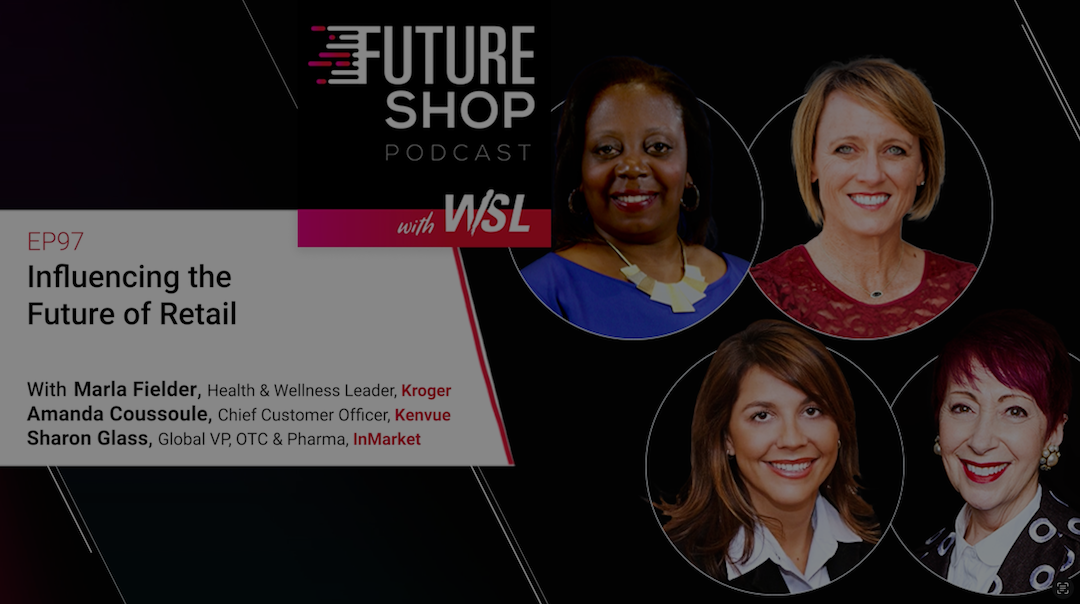Virtually every retailer relies on data to better understand its shoppers. But the human behind the data can be obscured by the quest for more information. More organizations are shifting their focus toward using their data to put the consumer – not product – first. Based on our research, this is where to begin, and three important questions to ask.
Brands Rely Too Much on Data, Not Enough on Human Insights
This is how the typical organization learns about its shoppers today: By gathering data from nearly 400 different sources. For many large enterprises, it’s more than 1,000 sources. And in 2025, said they increased their consumer data collection in the past year.
How on earth do they cull through all of that information and make sense of it?
More directly: How do they see the individual people (consumers) beyond all of those disparate pieces of information? The answer, it seems, is many organizations do not. But more corporate leaders are committed to improving that, often with more technology.
As Procter & Gamble Chief Financial Officer Andre Schulten told investors in a September conference call: “… if you think about the company of our size, the amount of work that’s being done to extract data and prepare data for decision-making, a lot of that is done by lower-level employees. That can be fully automated.”
Yes, automation and artificial intelligence are solutions, especially if they can free an organization to talk to their consumers, as P&G did with before it got buried in data with its successful “Share he Love” Pampers campaign. Still, The real skill to deeply understanding your shoppers through data is knowing when enough is enough. The ocean doesn’t beg to be swallowed at once, and neither do the estimated 181 zettabytes (or ) of consumer data out there.
Without effective processes, that glut of information is likely to blur out the consumer – the actual human behind the numbers and the reason brands gather data in the first place!
The Challenges of Making Good Sense of Mixed Data
The common stumbling block is how to approach data gathering from the start. This still entails the soft skills of observation, curiosity and asking the right questions.
Rather than anonymized numbers, companies can also pursue qualitative consumer insights gathered from personalized surveys, focus groups, shop-alongs and recorded learning sessions. This is an important step to seeing the person behind the numbers, and informs which additional insights brands should gather to further build their hypotheses.
As Martin Lindstrom, who built a career interviewing people on behalf of brands, stated in his 2016 book, “Small Data”: “(A) lone piece of small data is almost never meaningful enough to build a case or create a hypothesis, but blended with other insights and observations gathered from around the world, the data eventually comes together to create a solution that forms the foundation of a future brand or business.”
Using Data to Engage Emotionally: 3 Questions
We interpret Lindstrom to mean that when data is treated as an evolving organism, it transcends from a technological resource to a means of human connection. Data should be envisioned out in the field as shopper and consumer interactions.
To quote another executive – Amanda Coussoule, chief customer officer at Kenvue, in our recent WSL Podcast: “When you truly put the consumer at the center of everything you do and try to use the power of your full corporate capabilities to solve their problems in a new and meaningful way, then in some ways, you have taken care of the problems that may come with the evolution of technology.”
To solve these problems, brands and retailers should ask: Are we relying too heavily on emotionless numbers when we should be learning how to gain insights from them?
Answer the following questions:
1. Are we observing enough?

Observation takes more than feeding purchase data into a processing system. Understanding shoppers means seeing how they live their lives, how they choose a product at the shelf (physical or digital), the problem it solves for them and how they use the product (or is it for someone else?).
2. Are we curious enough?

The results of data analytics should not be taken at face value. Team members should question the outcomes; ferret out anomalies. This is how data transforms into usable insights.
3. Are we asking the right questions?

When engaging shoppers, brands and retailers should structure their questions in qualitative ways. Rather than, “Why did you buy this product?” ask, “What does this product mean to you?” Many companies do this through scheduled home or store visits, but retailers also can request direct shopper feedback through loyalty programs.
Once a company can give a confident “yes” to the above questions, it can then derive the full, significant value of bigger data. It should be able to see human patterns and use them to connect at the right time, in the most effective way.
But if a brand, retailer or marketer doesn’t know what it’s looking for, the data is nothing but a lot of numbers. Adding more information doesn’t make the numbers make sense. It doesn’t reveal the human behind it.
Learn Why Our Consumer Insights Can Make Sense for You
WSL Strategic Retail gathers shopper data – qualitative and quantitative — to build insights regularly; it’s part of our core practice. Learn how our shopper insights can help to identify white space opportunities, strategize category growth and reboot your experiential innovation, here.




